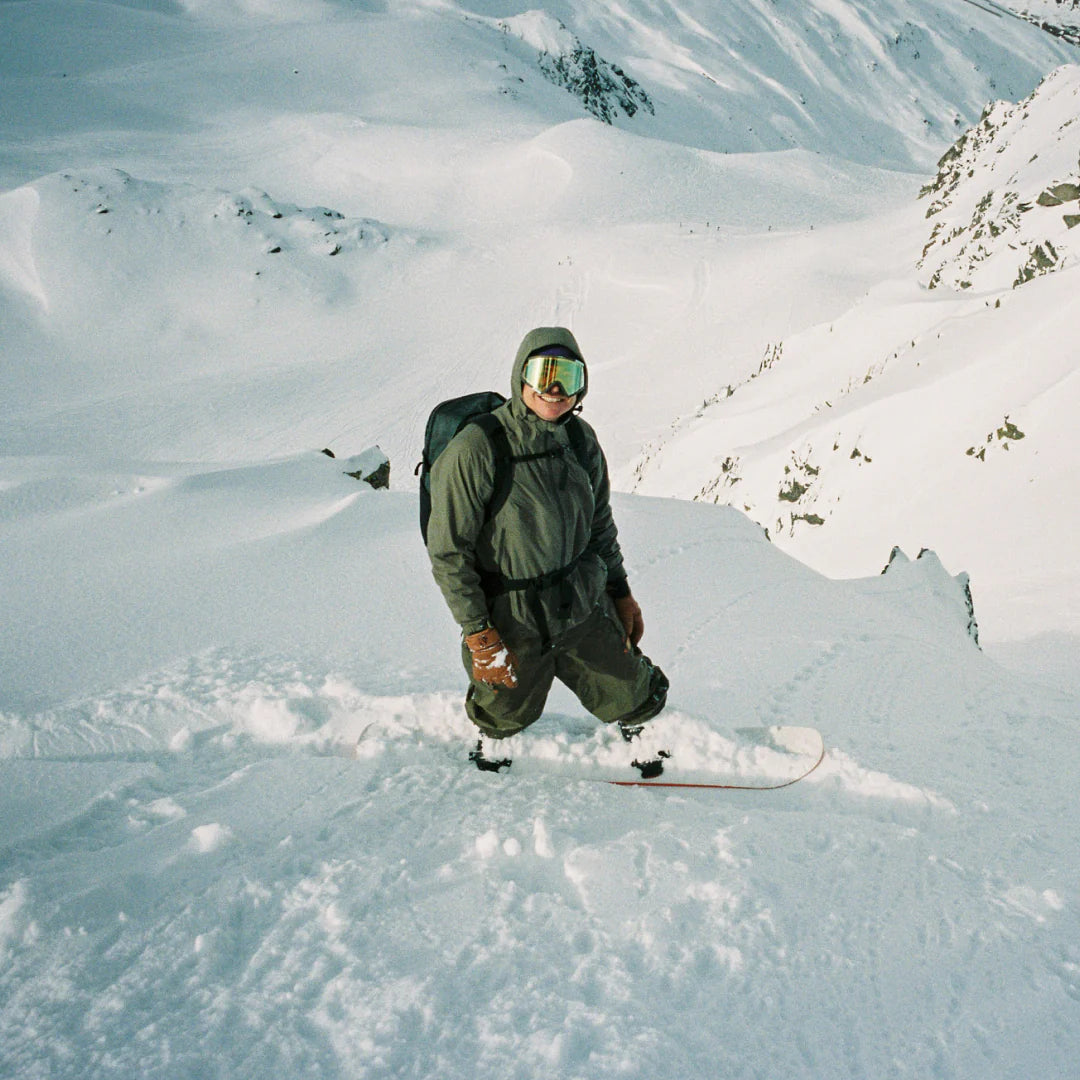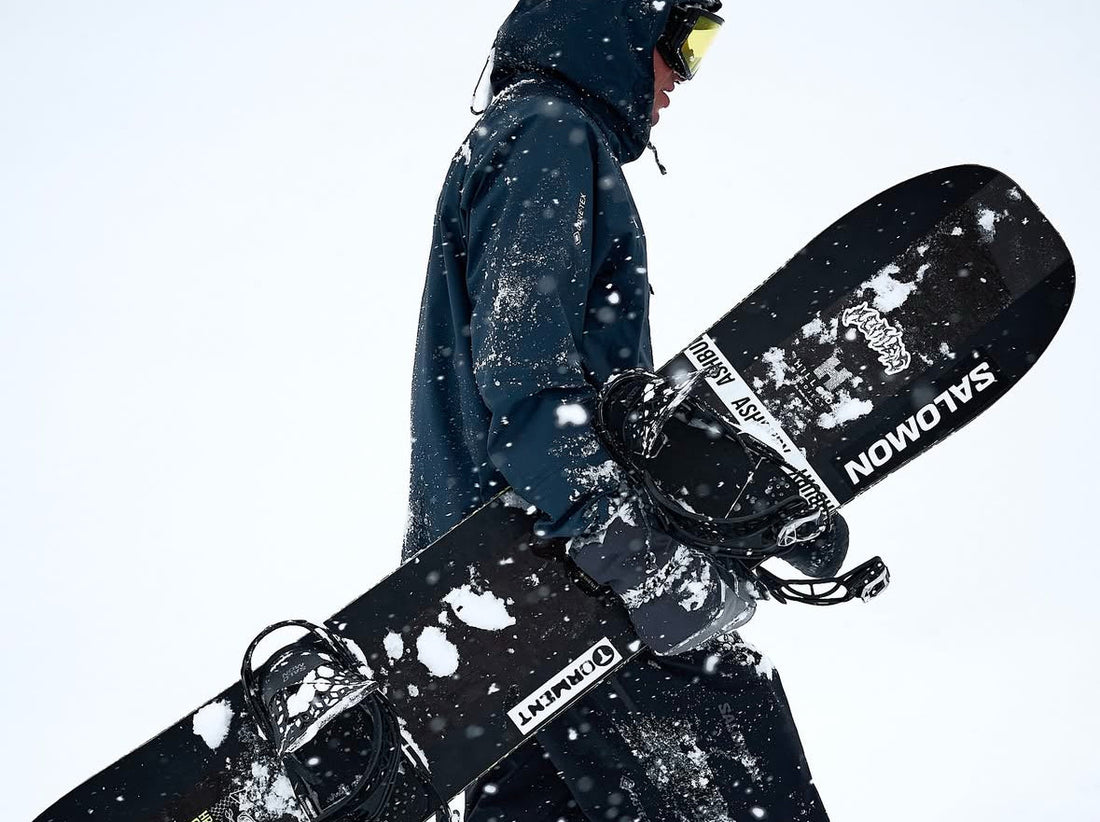Snowboard season is coming up fast, and if you're like us, you can't wait to get your board out (if you haven't already) and send some big descents. But before you head to the mountains, prepare your body to avoid ending up scrapped after two runs. No need to become an athlete, just a few moves to make you stronger, more agile, and ready to take on anything. Here are our best practical tips that are easy to incorporate into your routine, inspired by pro riders and validated by amateurs.
1. Strengthen your legs to handle descents
Snowboarding is tough on the legs. To keep up on the slopes, focus on exercises that target your quads, hamstrings, and calves:
- Squats : classic, but super effective. If you're motivated, add a jump.
- Lunges : Perfect for working on your balance at the same time.
- Step-ups : Step onto a box or bench to strengthen your entire lower body.
No need for fancy equipment. You can do these exercises at home or at the gym.
2. Improve your balance (it makes all the difference)
Your balance is your best friend on a board. If you want to stay in control, focus on exercises that strengthen your core:
- Plank : In classic or lateral version, it's perfect for stabilizing your body.
- Balance ball : useful for simulating snowboarding movements.
- Rotations with a light weight : this helps you manage the twists you make while riding.
Working on your balance is what will transform your hesitant turns into stylish carves.
3. Become more flexible (less pain, more fun)
Snowboarding requires unusual movements. To avoid injury or pain, work on your flexibility:
- Stretch your hips , hamstrings and back .
- Try mobility exercises , such as deep squats or ankle rotations.
- Add a touch of yoga : poses like warrior or downward dog are perfect for you.
A flexible body is a body that rides better, period.
4. Prepare your cardio to last all day
When you're spending a full day on the slopes, you need endurance. Here's how:
- Do HIIT sessions : quick and effective to improve your breathing.
- If you have a skateboard or a bike, use them to keep your cardio active.
- Otherwise, run on trails with climbs – it mimics the effort you do in the mountains.
The goal? To be the one who's still running at the end of the day, not the one who falls asleep on the chairlift after lunch.
5. Strengthen your joints (save your knees and wrists)
Knees, wrists, and ankles pay dearly when snowboarding. Protect them now:
- Work with resistance bands to stabilize your knees.
- Do push-ups or wrist rotations with a light weight.
- And if you know you're taking risks, wear appropriate protection.
Riding smart means riding for a long time!
6. Eat well!!!
Your energy comes from what you put on your plate. Focus on carbohydrates like sweet potatoes or brown rice and add protein to help you recover. And even if it's cold, don't forget to drink water - even in winter, dehydration is real.
7. Repeat the sensations before the snow arrives
If your season hasn't started yet, try sports like skateboarding, surfing, or even trampolining. These activities allow you to keep your balance and coordination in shape while having fun.
Bottom line: A successful season starts before the snow
Good preparation isn't just a formality. It's what allows you to fully enjoy each run, progress faster, and reduce your risk of injury. There's no need to overdo it or follow impossible routines: a few well-chosen exercises are enough to make all the difference. Let's go, see you on the slopes!





